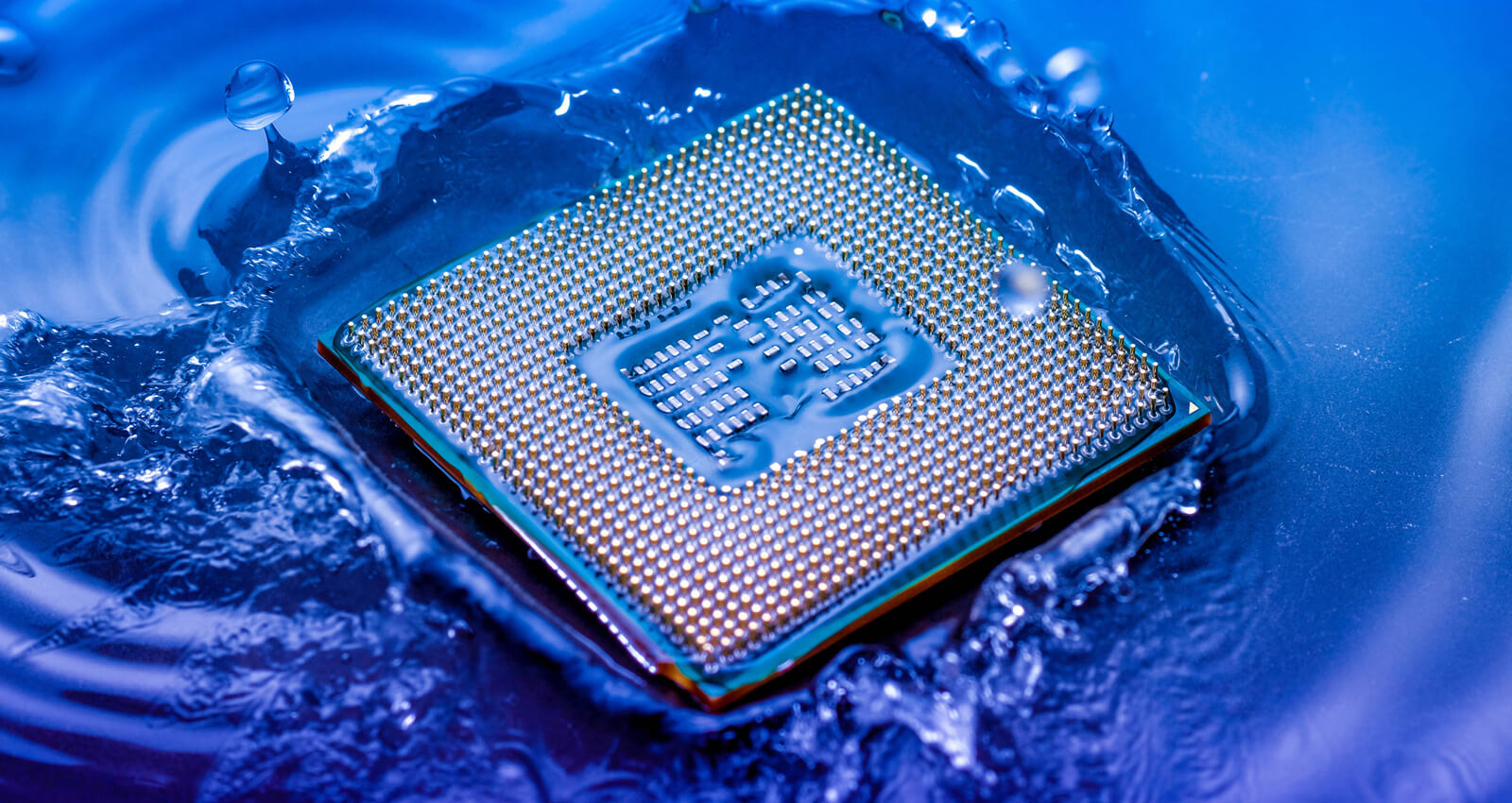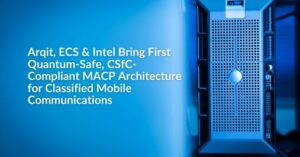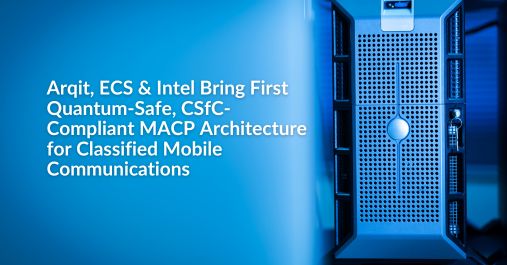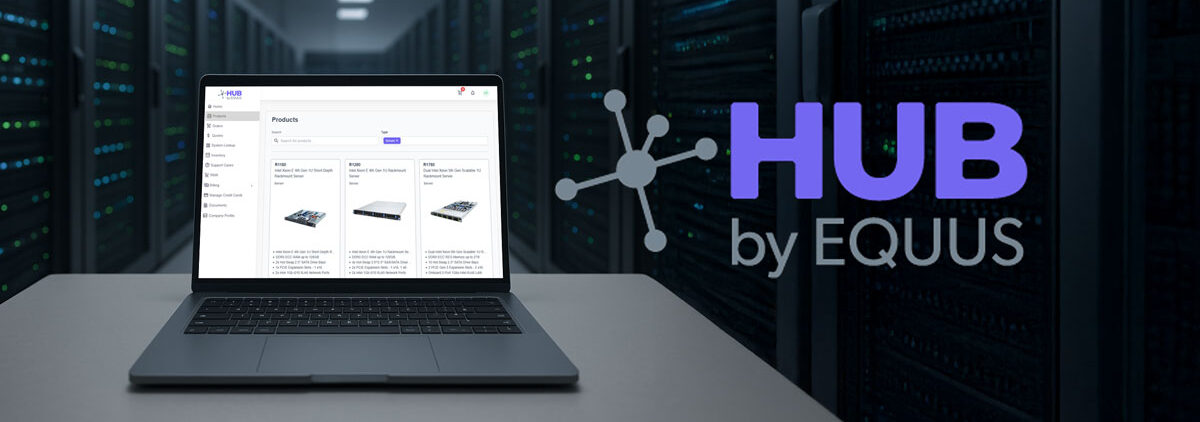Data centers are undeniably the backbone of our digital ecosystem. With that role comes significant energy demands, especially with growing data processing needs. According to the International Energy Agency, data centers account for 1-1.5% of global electricity use and are one of the largest contributors to CO2 emissions worldwide.
Up to 40% of the energy usage goes into cooling, as data centers generate immense heat for the operation of servers. Traditional cooling methods like air conditioning can be inefficient and environmentally detrimental, leading to higher operational costs and a larger carbon footprint. As the world moves towards sustainable practices and organizations look to protect their bottom line, inefficiencies on this scale are unacceptable. Learn how immersion cooling could be the key to unlocking sustainability while increasing profitability for your company.
Immersion Cooling Equals Measurable Energy Improvements
Immersion cooling is an innovative solution that involves submerging computer components, or even entire servers, in a non-conductive liquid. This liquid effectively absorbs heat and dissipates it more efficiently than air, drastically reducing cooling needs. Just how effective is this cooling method?
Several metrics underscore immersion cooling’s effectiveness:
- PUE (Power Usage Effectiveness). PUE is a standard metric for data center energy efficiency where a PUE of 1.0 is perfect. Traditional cooling methods often result in a PUE greater than 1.5, whereas data centers using immersion cooling can achieve a PUE close to 1.03, indicating near-perfect energy usage.
- Server density. With immersion cooling, servers can be densely packed, as the risk of overheating is minimized. As a result, there is a 10-20% reduction in space requirements.
- Operational costs. Reducing the need for bulky air conditioning units and ventilation decreases operating expenses.
These improvements do more than boost energy efficiency. For example, increasing server density can lower your space requirements, saving on real estate costs. Additionally, efficient cooling reduces other utilities, such as water consumption for the cooling systems. How can you decide if immersion cooling is right for your operation?
Analyze Your Data Center Infrastructure’s Cooling Needs

You may wonder if the investment in immersion cooling is worth it for your use case. Before jumping in, it’s crucial to assess your data center’s specific cooling requirements. How can you do that?
- Audit current systems. Understand the efficiency of your existing cooling mechanisms by focusing on metrics like PUE, energy consumption, and heat output.
- Estimate future growth. Anticipate your data center’s future cooling needs by analyzing growth trends. You may need to overhaul your cooling systems if you expect exponential growth. But for incremental growth, you can probably improve systems using a slower, staged approach.
- Check environmental factors. Consider external factors like the average temperature, humidity, and altitude of your data center’s location. These can influence cooling demands.
- Consult an expert. Immersion cooling is a technical domain. Engage with a professional at Equus to assess the feasibility and potential benefits of your specific setup.
Once you have your cooling strategy in place, you can start making the transition.
Start Deploying Immersion Cooling in Your Data Center
Moving to immersion cooling doesn’t have to be daunting. With a staged approach, you can seamlessly integrate the technology with your data center. Use the following tips to guide you as you get started:
- Evaluate compatibility. Ensure your current hardware and infrastructure are compatible with immersion cooling. Some components may need modifications or replacements.
- Choose the right fluid. There are various dielectric fluids available for immersion cooling that fall under two categories: hydrocarbon and fluorocarbon. Select a product based on your liquid cooling needs and budget. However, be wary, as choosing the cheapest option may impact your setup’s longevity.
- Modular deployment. Instead of overhauling the entire data center, start with a modular approach. Dedicate a section for immersion cooling (ideally hardware that’s close to 100% compatibility) and expand as you reap its benefits.
- Maintenance protocols. Establish a protocol for regular maintenance, such as checking the purity of the cooling fluid and ensuring the hardware remains intact. Update training as equipment changes to promote longevity.
Talk to the Experts at Equus to Find Cooling Solutions
Still trying to figure out where to start? Our team can provide insights tailored to your data center’s unique needs. From assessing the viability of immersion cooling in your setup to offering end-to-end deployment solutions, we ensure a smooth transition to this sustainable cooling method.
Getting expert help can make the difference between a successful transition and costly mistakes. Our team’s experience can help you maximize the benefits of immersion cooling, making your data center more efficient, sustainable, and cost-effective. Set up a free consultation today.








